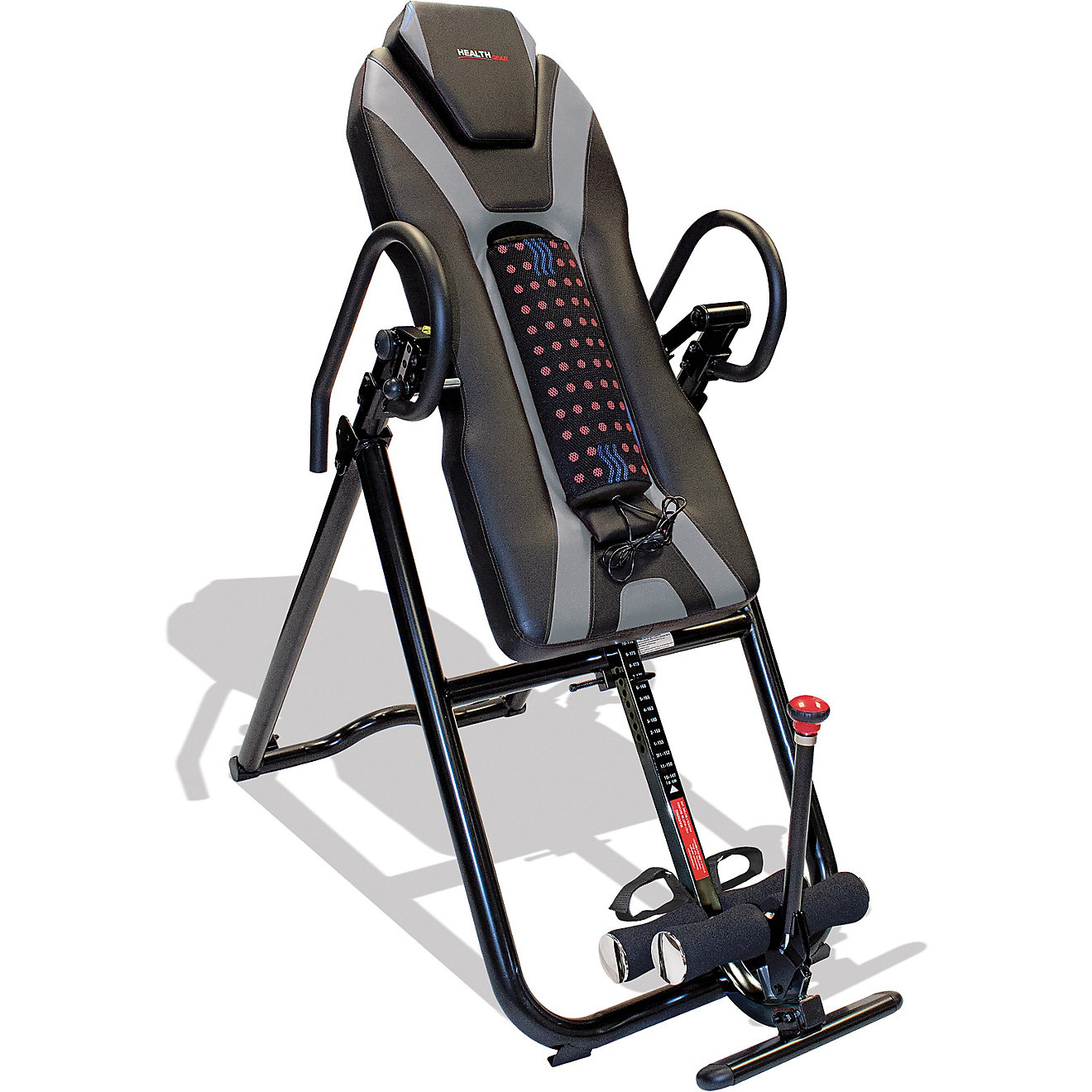Big 5 Inversion Table: Ultimate Back Pain Relief Guide

Back pain is a pervasive issue affecting millions worldwide, often stemming from poor posture, sedentary lifestyles, or underlying conditions. The Big 5 Inversion Table has emerged as a popular solution, offering relief by decompressing the spine and alleviating pressure on discs. This guide delves into how inversion therapy works, its benefits, and how to use the Big 5 Inversion Table effectively for ultimate back pain relief. Whether you’re seeking informational insights or considering a purchase, this post caters to both audiences with SEO-optimized content.
What is an Inversion Table and How Does It Work?

An inversion table is a device that allows users to hang upside down or at an inverted angle, leveraging gravity to decompress the spine. The Big 5 Inversion Table stands out with its ergonomic design, adjustable settings, and safety features. By inverting, users can reduce spinal compression, improve circulation, and relieve muscle tension, making it an effective tool for chronic back pain sufferers.
💡 Note: Always consult a healthcare professional before starting inversion therapy, especially if you have pre-existing medical conditions.
Key Benefits of Using the Big 5 Inversion Table

- Spinal Decompression: Relieves pressure on discs and nerves.
- Posture Improvement: Helps align the spine and reduce slouching.
- Stress Relief: Promotes relaxation by reducing muscle tension.
- Enhanced Flexibility: Increases range of motion in the spine.
For commercial-intent visitors, the Big 5 Inversion Table offers a cost-effective, at-home solution compared to frequent chiropractic visits. Its durability and user-friendly design make it a worthwhile investment for long-term back health.
Step-by-Step Guide to Using the Big 5 Inversion Table

- Assembly: Follow the manufacturer’s instructions to set up the table securely.
- Adjustment: Customize the height and angle settings to fit your body.
- Inversion: Start at a low angle (15-30 degrees) and gradually increase as you become comfortable.
- Duration: Begin with 1-2 minutes per session, working up to 5-10 minutes.
⚠️ Note: Avoid overextending or staying inverted for too long, as it may cause dizziness or discomfort.
Safety Tips for Inversion Therapy

- Secure Straps: Ensure all straps and locks are properly engaged before inverting.
- Slow Movements: Move slowly to avoid sudden shifts in blood pressure.
- Hydration: Stay hydrated to minimize dizziness.
- Avoid After Meals: Wait at least 1-2 hours after eating before using the table.
Who Should Avoid Inversion Therapy?

While beneficial for many, inversion therapy isn’t suitable for everyone. Individuals with the following conditions should avoid it:
- High blood pressure
- Glaucoma
- Heart disease
- Pregnancy
- Herniated discs (without medical approval)
| Condition | Reason to Avoid |
|---|---|
| High Blood Pressure | Risk of increased blood pressure |
| Glaucoma | Increased eye pressure |

Checklist for Effective Inversion Therapy
- [ ] Consult a doctor before starting.
- [ ] Assemble the table according to instructions.
- [ ] Adjust settings to fit your body.
- [ ] Start with low angles and short durations.
- [ ] Monitor your body’s response and adjust accordingly.
Inversion therapy with the Big 5 Inversion Table offers a non-invasive, effective way to combat back pain. By following the steps and safety tips outlined in this guide, you can maximize its benefits and improve your spinal health. Whether you’re researching for informational purposes or ready to purchase, the Big 5 Inversion Table is a valuable tool for anyone seeking relief from chronic back pain.
Is the Big 5 Inversion Table suitable for beginners?
+
Yes, its adjustable settings and safety features make it ideal for beginners. Start at low angles and gradually increase as you become comfortable.
How often should I use the inversion table?
+
For best results, use it 2-3 times per week, starting with short sessions and increasing duration as tolerated.
Can inversion therapy replace medical treatment?
+
No, it complements medical treatment but should not replace professional advice or therapy.


